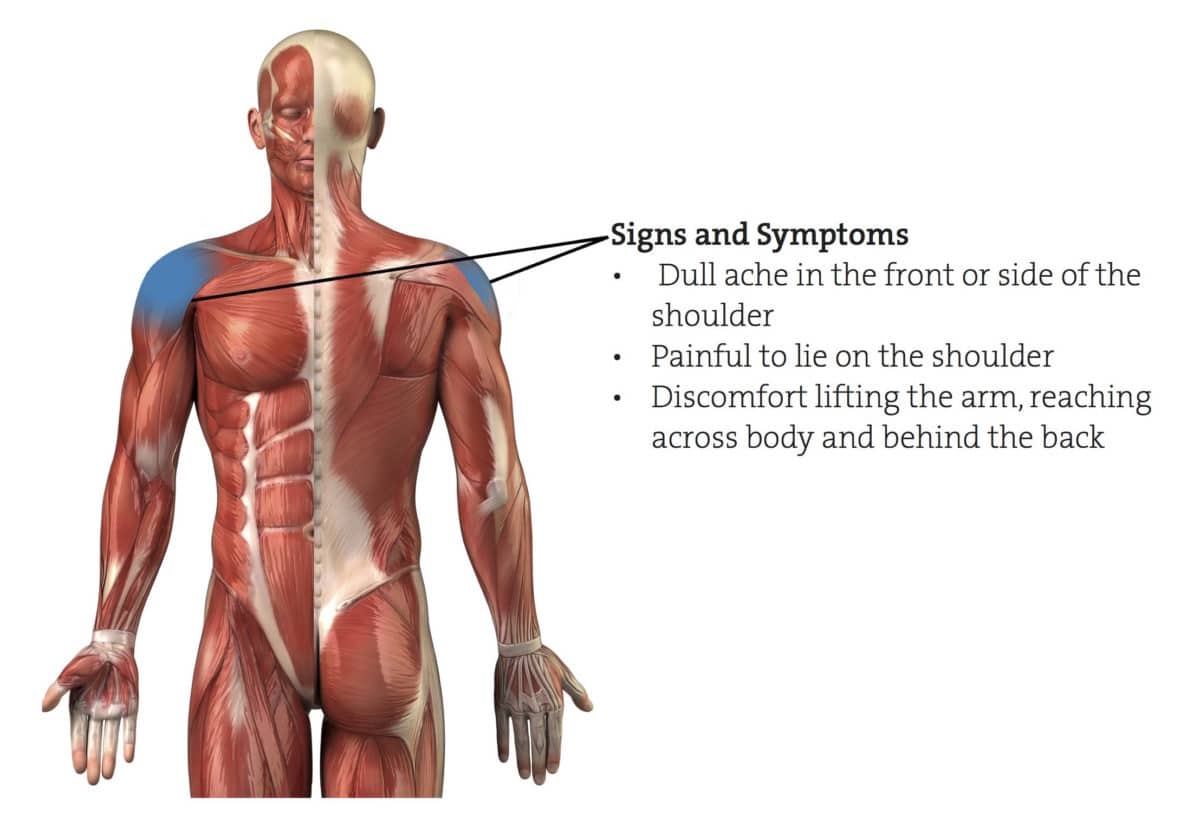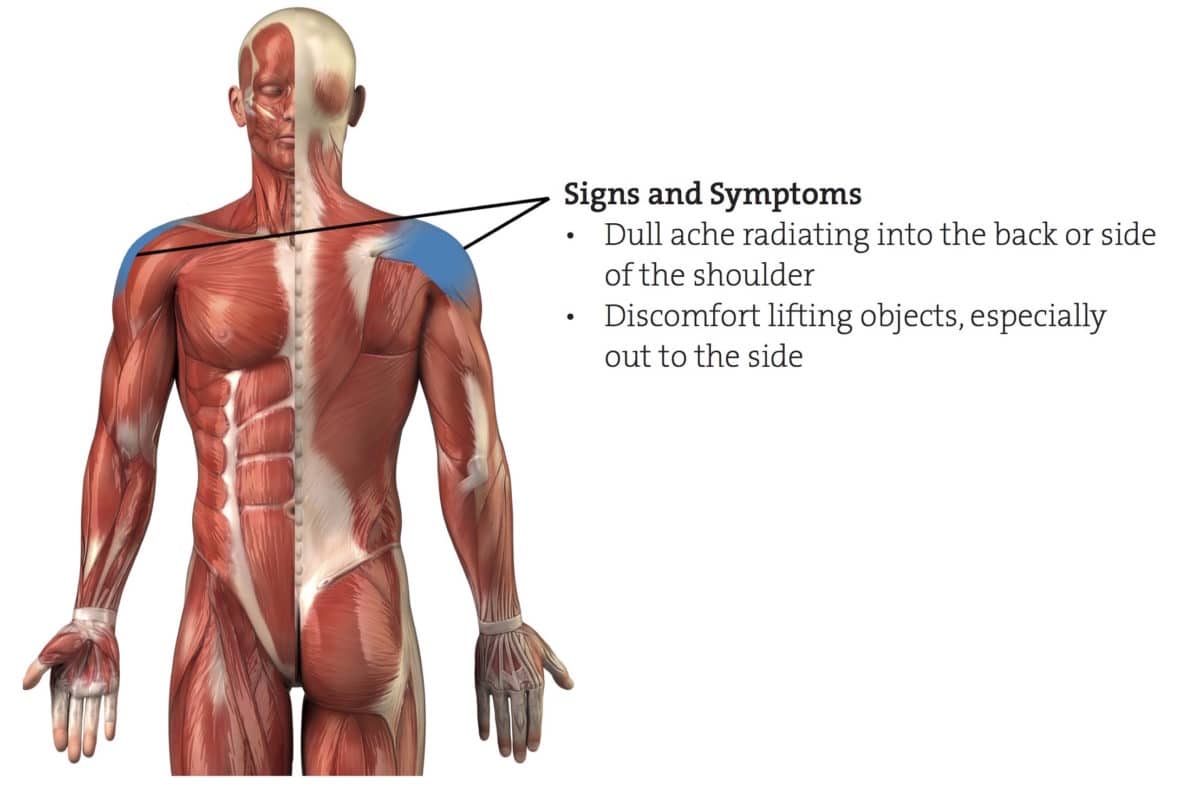Neck Pain Climbing
The neck is made up of flexor muscles in the front and extensor muscles in the back. When you look up at your partner while belaying or climbing, your neck extensors are constantly overworking. Over time, these muscles get strong and stiff while the neck flexors become weak, creating an imbalance. This imbalance can also lead to compression of the joints in your neck. You should be aware of the suboptimal movements that can increase the stress on the neck and eventually lead to pain and injury. These movements are likely to occur from poor belaying postures such as a backward-tilted neck, slumped spine and forward shoulders.
There’s nothing more distracting than neck pain. You might not think of this as a common climbing injury, but remember all of those hours you spend belaying or craning to see the next sequence. Most climbers abuse their necks.
Check out the video below for an exercise to help treat a neck strain injury.
What You Need
A bath towel, a piece of 5/8-inch tubular webbing or a cordelette and a door with a doorknob.
Construction
A Begin with a bath towel.
B Fold the width in half so that it is the width of your head.
C Fold the length in half so your head can fit inside.
D Secure the two ends with a cordelette to a door.
Tips
Make sure the towel fits over your head. Test the traction device by pulling vigorously on the towel to ensure the knot will not slip. Tie the opposite end of the cordelette to the doorknob with two overhand knots making sure the towel is hanging two fingers distance from the ground. Slowly lower your head into the towel. Make sure that the door is closed and locked.
Instructions
Lie on your back with the edge of the towel hooked under the base of your skull. Scoot away from the door until you feel a gentle traction or lifting throughout your neck. Tuck your chin slightly toward the spine. The base of your skull should rest two fingers from the ground. What It Does Unloads and decompresses the joints in your neck by providing a gentle stretch and traction. Frequency 5-10 minutes up to 3 times per day. Advisory Perform at your own risk. Set a timer for no longer than 10 minutes and make sure you do not fall asleep in this position. Maintaining this position for long durations can actually increase the strain on the neck. Make sure the knots are secure and the door is closed and locked. Perform with your head below a padded surface such as a carpet in case your head falls out of the towel.
Self-Care Program
Interested in more exercises like this one? Want to learn how to determine the severity of your injury, choose a rehabilitation category, and start a self-care program to return back to climbing injury-free? Check out our rock rehab self-care protocol below:



